Did you know that the health and social services sector accounts for 25% of the injuries recognized by the CNESST, even though it represents slightly less than 10% of Québec’s workplaces? This means that as a worker in health and social services, you run a disproportionate risk of being injured in your workplace. Fortunately, everyone can contribute to health and safety at work in their own way and at their own level. Are you ready to do something?
5 CONCRETE STEPS YOU CAN TAKE ACCORDING TO YOUR CAPACITIES
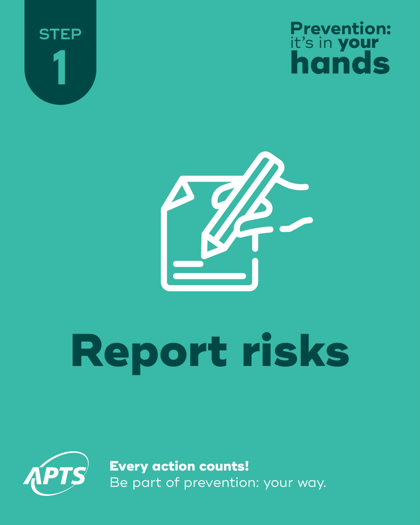
Report risks
Identifying risks isn’t just the basis of prevention. It’s also an obligation.
1. Detect the risk: Observe and identify risks that are present in your workplace, including situations that are hazardous or might cause an accident.
2. Document the risk: As soon as possible, notify your immediate supervisor either verbally or in writing, then fill out your institution’s incident/accident report form or form for reporting a risky or dangerous situation.
3. Follow up: Your supervisor must take action to eliminate, reduce or control risk at the source, and must let you know about the measures taken for this purpose.
4. If nothing is done, contact your health and safety officer and/or your local team’s OHS officer to make sure your rights are respected.
Do you want to report a risk or incident? You’ll find more information in our Make a report brochure.
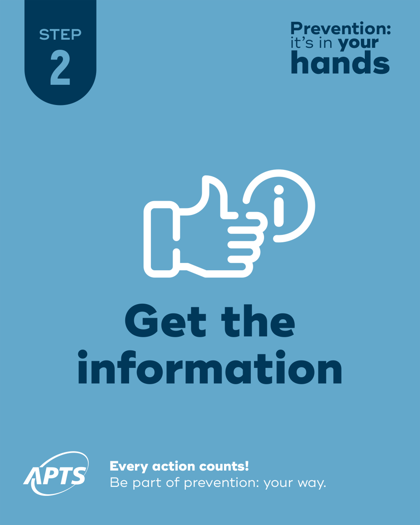
Get the information
Staying up to date is crucially important for health and safety at work. Legislation and work settings change, new risks appear, and good practices are constantly being renewed. Staying informed will not only help you protect yourself and your colleagues – it will also reduce your stress and give you better tools to deal with challenges at work.
If you want to keep up with the latest news in terms of prevention, you might be interested in subscribing to the newsletter put out by the ASSTAS (in French). The ASSTAS is the joint association for occupational health and safety in the social affairs sector and it has a mission to provide support on OHS prevention in health and social services workplaces.
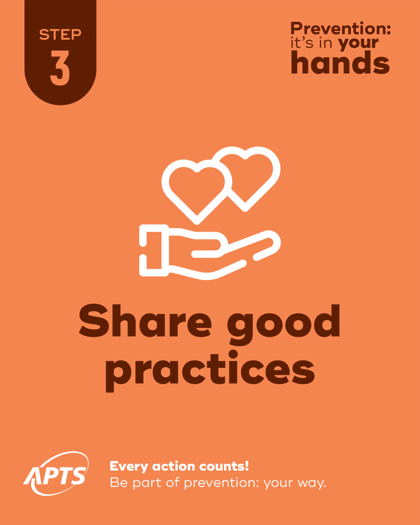
Share good practices
Sharing good practices is a way of protecting yourself and your colleagues. When you tell others about your good practices and professional reflexes, you help create a professional culture in which work is carried out safely in a way that embodies concern for each person’s physical and psychological health.
There are several ways of sharing good practices:
• setting an example by doing things the right way yourself,
• speaking out supportively when you see a colleague doing something unsafe,
• posting visual reminders (such as a reference sheet, picture or diagram illustrating safe behaviours) at your work station or in the break area.
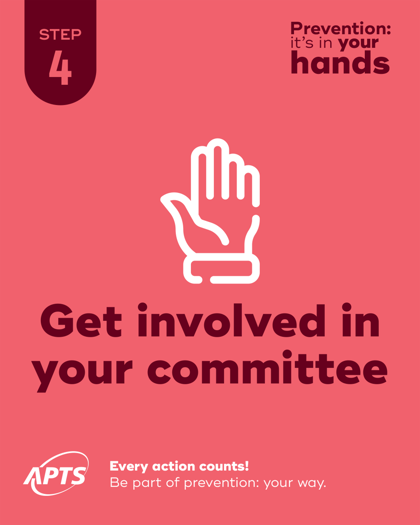
Get involved in your committee
Becoming an OHS officer and/or participating in your health and safety committee is a positive and rewarding way to actively support prevention and improve your workplace. You’ll be calling on your expertise, your experience and your in-depth knowledge of your environment to have a real and informed impact on health and safety decisions and practices.
Would you like to be a candidate? Contact your local team – they can support you throughout this process.
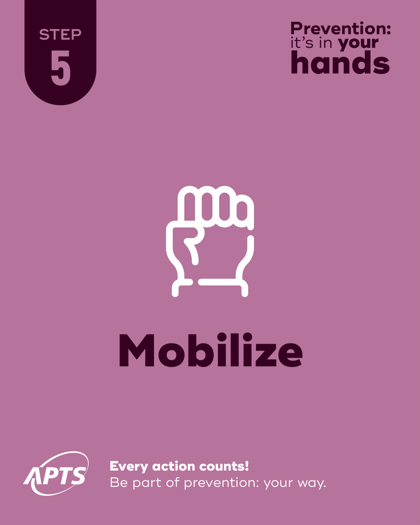
Mobilize
Mobilizing means taking our commitment and making it into group action. Why does this matter? Because a motivated and involved group of people can bring about change much more quickly than someone acting alone. Here are some of the things you can do:
• participate in union meetings and committees to suggest changes or follow issues,
• support collective campaigns or actions organized by your union or your health and safety committee,
• take part in pressure or visibility initiatives (posters, newsletters, symbolic actions) to make workers’ voices heard.





